Serrano Peppers in Mexico: A Spicy Journey Through Flavor, Culture & Cuisine
When it comes to spices that pack a punch and a personality, few can rival the serrano pepper in Mexican cuisine. From street food to gourmet tacos, this little green firecracker plays a starring role across the culinary landscape of Mexico.
In this article, we’ll take you on a flavorful journey through everything you need to know about serrano peppers in Mexico — from their origins and heat levels to cooking tips and cultural significance. And yes, there’s even a spicy showdown with its more famous cousin, the jalapeño.
Table of Contents
- What is a Serrano Pepper?
- Heat Level: How Hot Is It Really?
- A Bit of History: Serrano in Mexican Culture
- How to Use Serrano Peppers in Cooking
- Buying and Storing Tips
- Serrano vs. Jalapeño: The Ultimate Heat Battle
- Spicy Recipes to Try at Home
- Cultural Significance in Mexican Traditions
- Growing Your Own Serrano Plants
- Final Thoughts: Why Serrano Still Rules
What is a Serrano Pepper?
The serrano pepper (Capsicum annuum) is a chili pepper native to the mountainous regions of Mexico, particularly in the state of Puebla. Its name comes from the Spanish word serra, meaning “mountain range,” reflecting its highland origin.
Unlike the bell-shaped chilis or the long skinny ones like the chile de árbol, the serrano has a squat, almost roundish shape and usually ranges from 1 to 2 inches long. They’re often used fresh, but they can also be dried, roasted, or pickled.
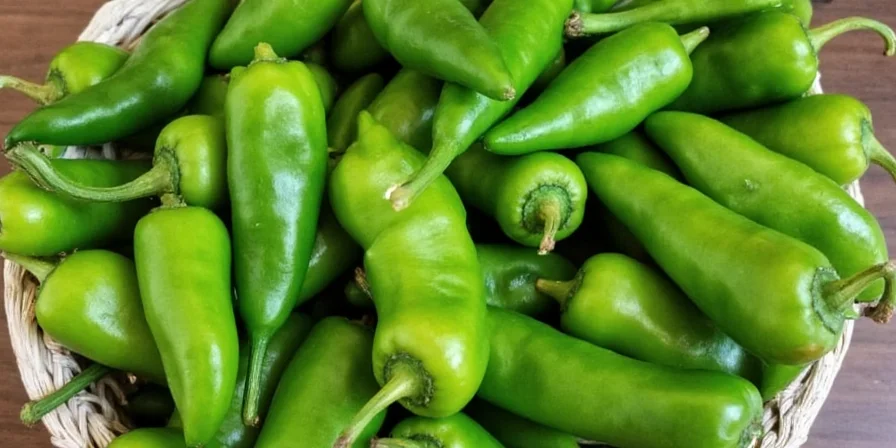
Heat Level: How Hot Is It Really?
Let’s get one thing straight — serranos bring the heat. With a Scoville scale rating between 10,000 to 23,000 SHU, they’re significantly hotter than your average jalapeño (which clocks in around 2,500–8,000 SHU).
| Pepper | Scoville Heat Units (SHU) | Common Uses |
|---|---|---|
| Serrano | 10,000 – 23,000 | Salsas, marinades, soups |
| Jalapeño | 2,500 – 8,000 | Tacos, nachos, poppers |
| Hatch Green Chile | 1,000 – 8,000 | Stews, enchiladas |
| Habanero | 100,000 – 350,000 | Sauces, hot sauces |
While most people experience the heat within seconds of eating a raw serrano, roasting or sautéing them can mellow out the spice while enhancing the smoky undertones.
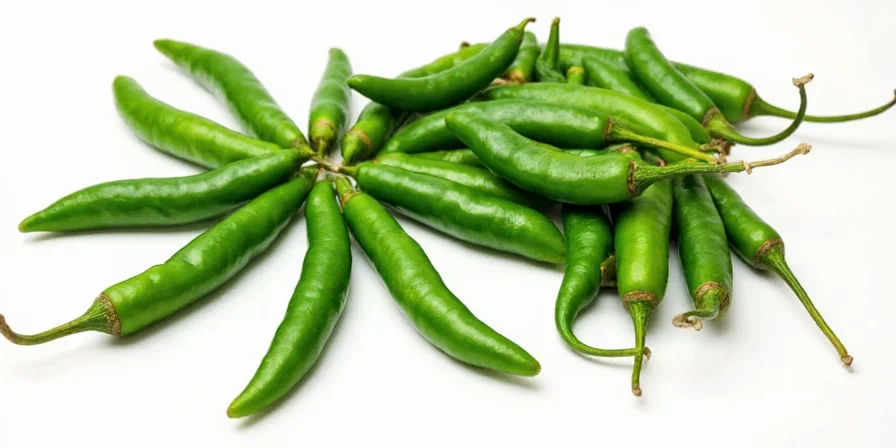
A Bit of History: Serrano in Mexican Culture
Mexico has been cultivating chili peppers for thousands of years, with evidence dating back to ancient Mesoamerican civilizations like the Aztecs and Mayans. Serrano peppers, specifically, have deep roots in the traditional cuisines of central and eastern Mexico.
Originally grown in mountainous areas — hence the name — serranos were valued not just for their flavor but also for their medicinal properties. Ancient texts suggest they were used to treat digestive issues and even as natural pain relievers.
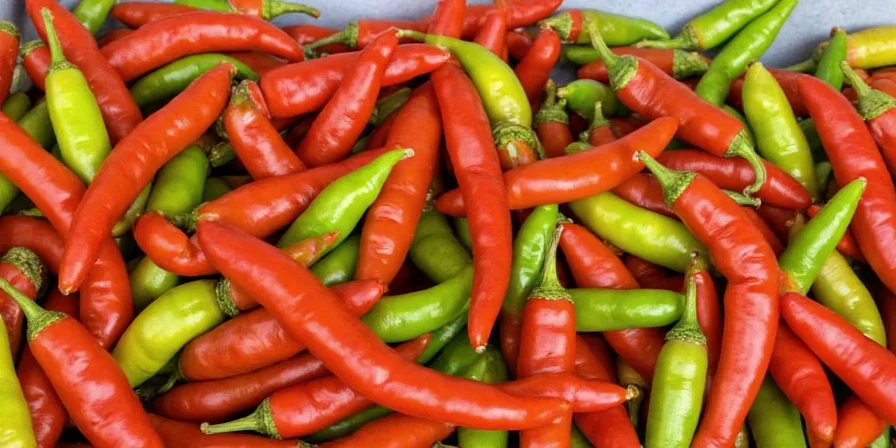
How to Use Serrano Peppers in Cooking
Whether you're making a fiery salsa or adding a kick to your guacamole, serranos are versatile ingredients. Here are some practical ways to incorporate them into your meals:
- Add raw to salsas: Chopped fine, serranos give pico de gallo and green salsas a nice zing.
- Roast and puree: Roasting brings out sweetness and softens the heat, perfect for sauces.
- Pickle them: Like jalapeños, serranos can be preserved in vinegar for tangy, spicy toppings.
- Use in stews and soups: Toss whole into pozole or mole for a slow-building heat.
- Grill or sauté: Add sliced serranos to tacos al pastor or grilled vegetables.
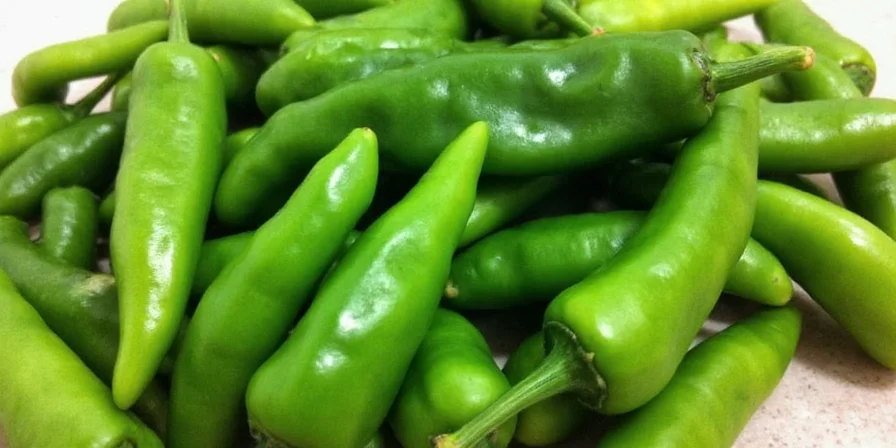
Buying and Storing Tips
If you're shopping for serrano peppers, here’s what to look for:
- Firmness: Avoid soft or wrinkled peppers.
- Color: Bright green is standard, but red, orange, and brown varieties exist and tend to be hotter.
- Size: Smaller peppers often mean more heat.
Storage options:
- Refrigerate: Up to two weeks in a plastic bag.
- Freeze: Simply freeze whole peppers; no need to prep ahead.
- Dry: String them up or dehydrate for future use.
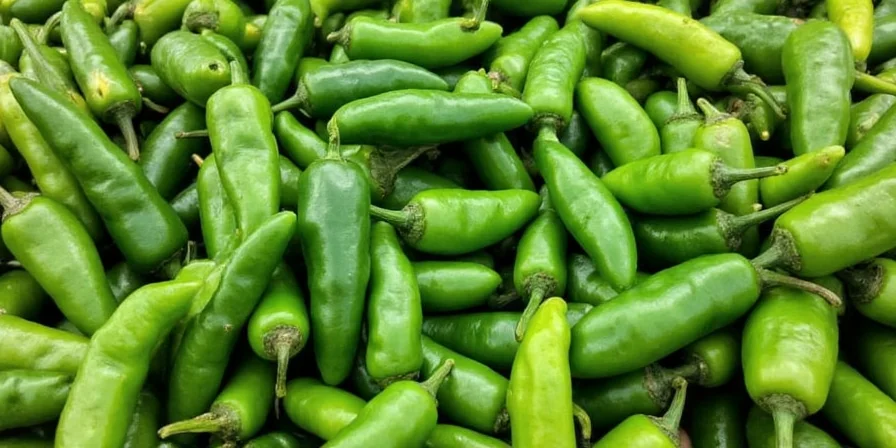
Serrano vs. Jalapeño: The Ultimate Heat Battle
So, which is spicier? Let’s break it down:
- Flavor Profile: Jalapeños are grassier and slightly sweeter, while serranos offer a sharper, brighter heat.
- Heat Level: Serranos win hands-down — nearly three times hotter on average.
- Versatility: Both are great, but serranos shine when raw due to their crisp texture.
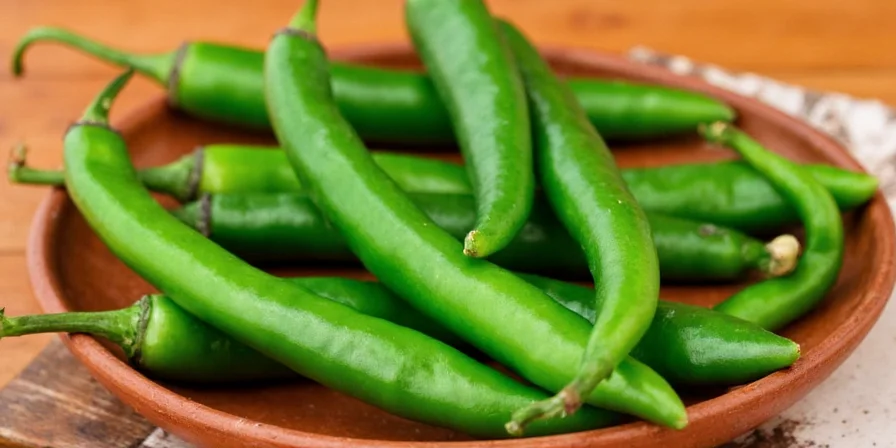
Spicy Recipes to Try at Home
- Serrano Lime Aioli: Mix minced serrano with mayonnaise, lime juice, and garlic for a killer taco topping.
- Green Pozole with Serrano Broth: Simmer serranos with hominy and pork for a comforting yet spicy stew.
- Serrano Margarita: Infuse tequila with sliced serranos for a cocktail that bites back.
- Serrano Avocado Toast: Mash avocado, add diced serrano, lime, salt, and toast away!
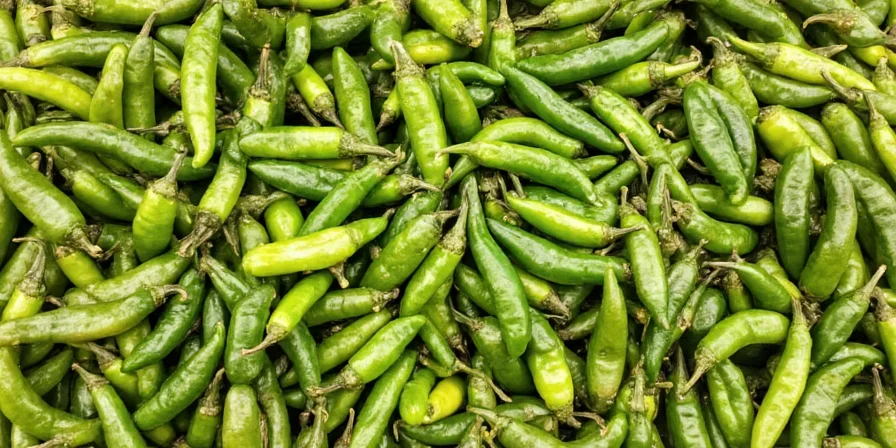
Cultural Significance in Mexican Traditions
In rural towns across Mexico, serrano peppers aren’t just a spice — they’re part of daily life. Markets burst with colorful displays, families grow them in backyards, and festivals celebrate the harvest season.
In Oaxaca and Veracruz, serranos appear in everything from breakfast tamales to holiday moles. They represent more than flavor — they embody tradition, resilience, and pride.
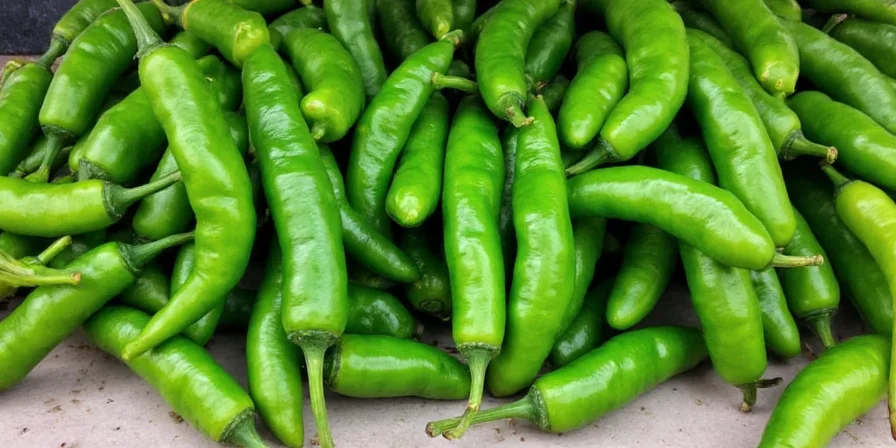
Growing Your Own Serrano Plants
Want to grow your own supply? Here’s how:
- Climate: Warm and sunny (like Mexico’s summers).
- Soil: Well-draining, slightly acidic soil.
- Water: Regular watering but avoid soggy roots.
- Harvest: Pick when green for mild heat, or wait until red for extra fire power.

Final Thoughts: Why Serrano Still Rules
The serrano pepper may not always grab the headlines like habaneros or ghost peppers, but in Mexico, it's a staple. It bridges the gap between everyday cooking and culinary artistry. Whether raw, roasted, or pickled, it delivers flavor, heat, and heritage all in one bite.
So next time you’re at the market or planning your garden, don’t overlook these tiny, mighty pods of spice. Embrace the serrano — and let your taste buds travel straight to the heart of Mexico.
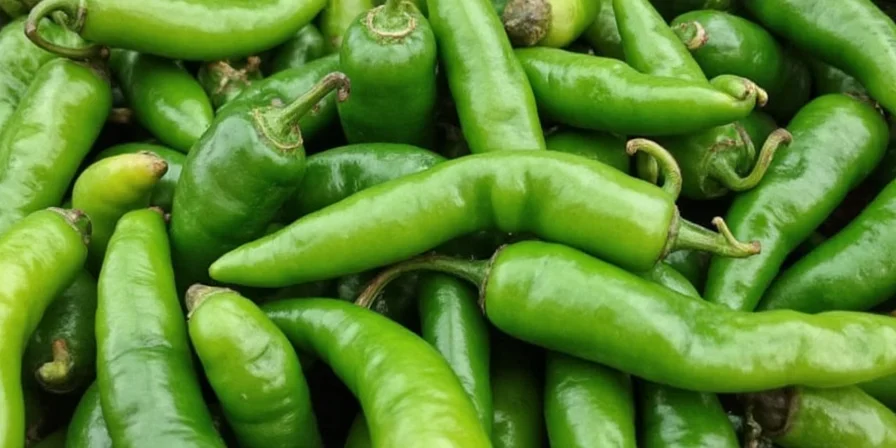
Summary Table: Key Takeaways About Serrano Peppers
| Feature | Details |
|---|---|
| Origin | Mexico (especially Puebla) |
| Heat Level | 10,000–23,000 SHU |
| Best For | Salsas, marinades, cocktails, soups |
| Storage | Refrigerate, freeze, or dry |
| Growing Zone | USDA Zones 9–11 |

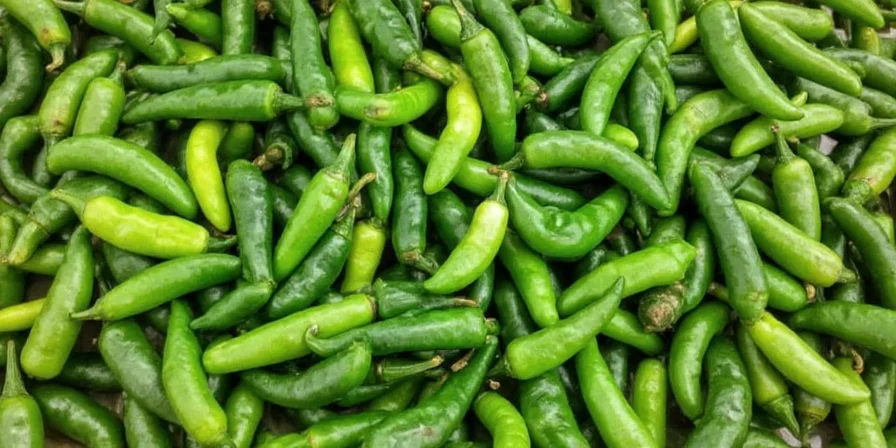









 浙公网安备
33010002000092号
浙公网安备
33010002000092号 浙B2-20120091-4
浙B2-20120091-4